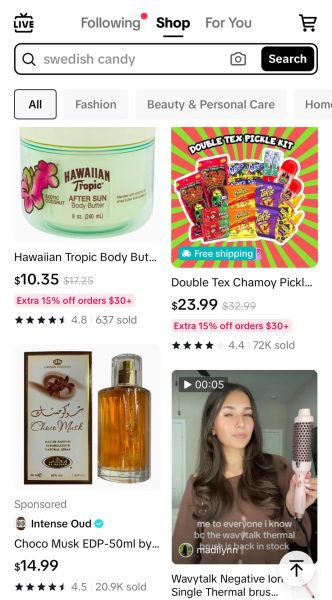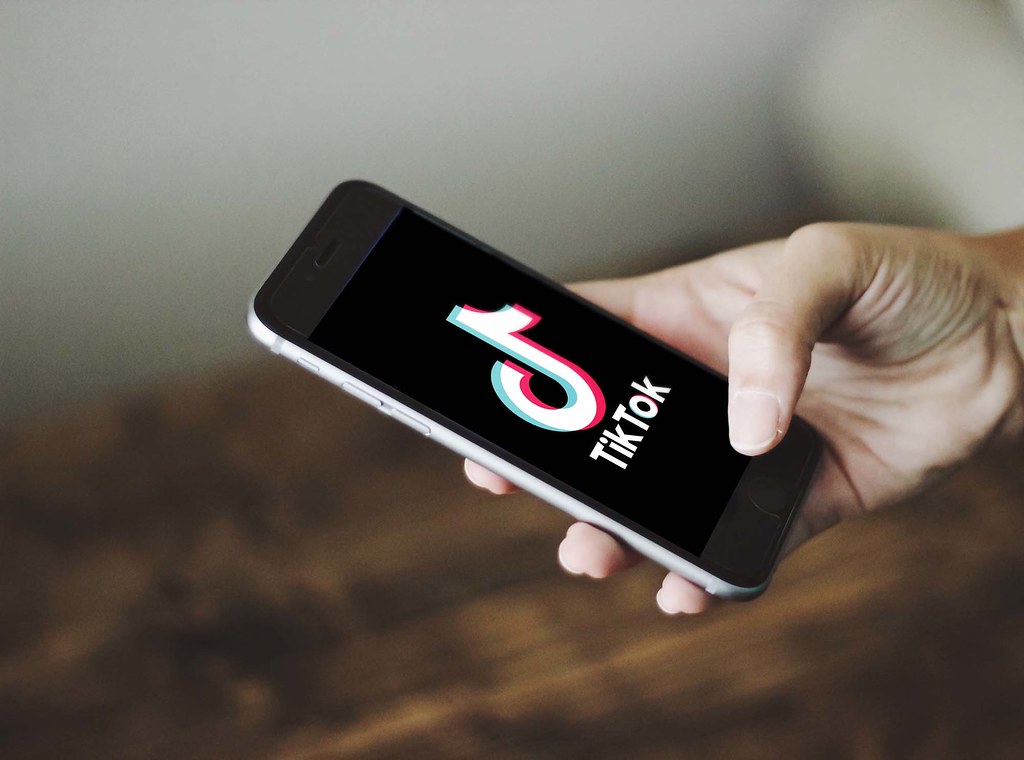Everybody knows and loves TikTok for its fun, algorithmic content. Since it overtook Musical.ly, users have been confident to point out various changes on the app. Of course, nostalgia plays a role in this. Who knows if the Gamers vs Furries lore was really more entertaining than current TikTok. There is constant criticism as to how the app has deteriorated its own value by allowing for updates, and how people have contributed to this. However, most recently TikTok users have been complaining about the excessive ad placement and promotions on videos.
The first memorable instance of TikTok ad placement was around 2021. Back then, the Hypehouse was on its inevitable decline, and in an attempt to stay afloat, they had to rely on companies to pay their rent. Unfortunately for everyone else, this meant that every cringey dance video was accompanied by a sip of Bang energy drinks. This was noticed by users, and immediately became the topic of conversation. People were not fond of sponsors on an app where everyone should typically have the same, equal opportunities to fame and money. Nevertheless, the Hypehouse members continued the brand deal. People moved on, because back then it was easy to ignore ads, you could simply unfollow the Hypehouse.

Nowadays, every other video on the app is an ad. There is the occasional famous creator with a sneaky product placement. To recognize this kind of ad, one would have to look under the caption of the video and find the words “Eligible for commission.” This term is TikTok for sponsored, but stays a little bit more concealed. Many brands are also able to publish ads with links to their own shops and websites. Although these ads are annoying, they are presented in the most classic format. The lack of comments, and the lack of an influencer talking makes it feel a lot more tolerable.
So what is it about these TikTok influencers that makes ads absolutely unbearable to watch? Other than the frequency of sponsored videos, there is something that gets under the skin of users even more, and it is “TikTok speak.” This is not regular, chronically online manner of talking. Each video has the same repetitive language that has now become a joke of its own with content creators. Some mild examples include “Get ready with me while I tell you about [the most outrageous watchbait story] using my new [insert item] from TikTok shop. The worst of it all, however, is a phrase that likely haunts every user now, “THIS VIRAL PRODUCT.” Users have pointed out countless times that some of the products being promoted are never actually viral. The products that do happen to go viral only do so because of the excessive promotion. The
viral criss cross chair, the viral digital camera, or the viral Gurunanda teeth whitening strips were pushed in everyone’s faces. Seeing an ad for one of these products every five scrolls may be the only thing letting people leave the app. But funnily enough, real people seem to not have participated in the frenzy to begin with.
There are other ways of advertising. Many people promote their small businesses on social media to gain some kind of traction. Others have resorted to building Amazon storefronts that allow viewers to easily access the item that their favorite influencer owns, because they absolutely need it. All of this feeds into a much larger problem of over consumerism. People are constantly reaching for the next best thing, not only in clothing but in necessity items as well. Lots of ads push a clean, and safer product than the average everyday consumer gets at their local pharmacy or grocery store. Of course, this is nothing but fear mongering. Ads targeted at families, for example, safe baby food, makes consumers feel that they need to restrict their lives and grow their spending on the whim of a business owner. There is nothing wrong with a better, cleaner product. But when the line between luxury and necessity item is blurred, it becomes questionable who the brand is even trying to target. Unaffordable necessity brands like Miracle Moo, Hismile, even Chamberlain Coffee, were only the first step in pushing unnecessary products on people. However, the problem is arguably worse when TikTok shop promotes extremely cheap products that are unreliable, come from sweatshops, and creates an illusion of need through influencers.
TikTok is many things, but prior to the ads it was never annoying. Now that the ads have arrived, many more people are straying away from the platform. What used to be a blissful (although addictive) escape for people is now ruined with obnoxious advertisements. It is becoming more and more clear that humans will never escape ads, even in the comfort of their own for you page.





















